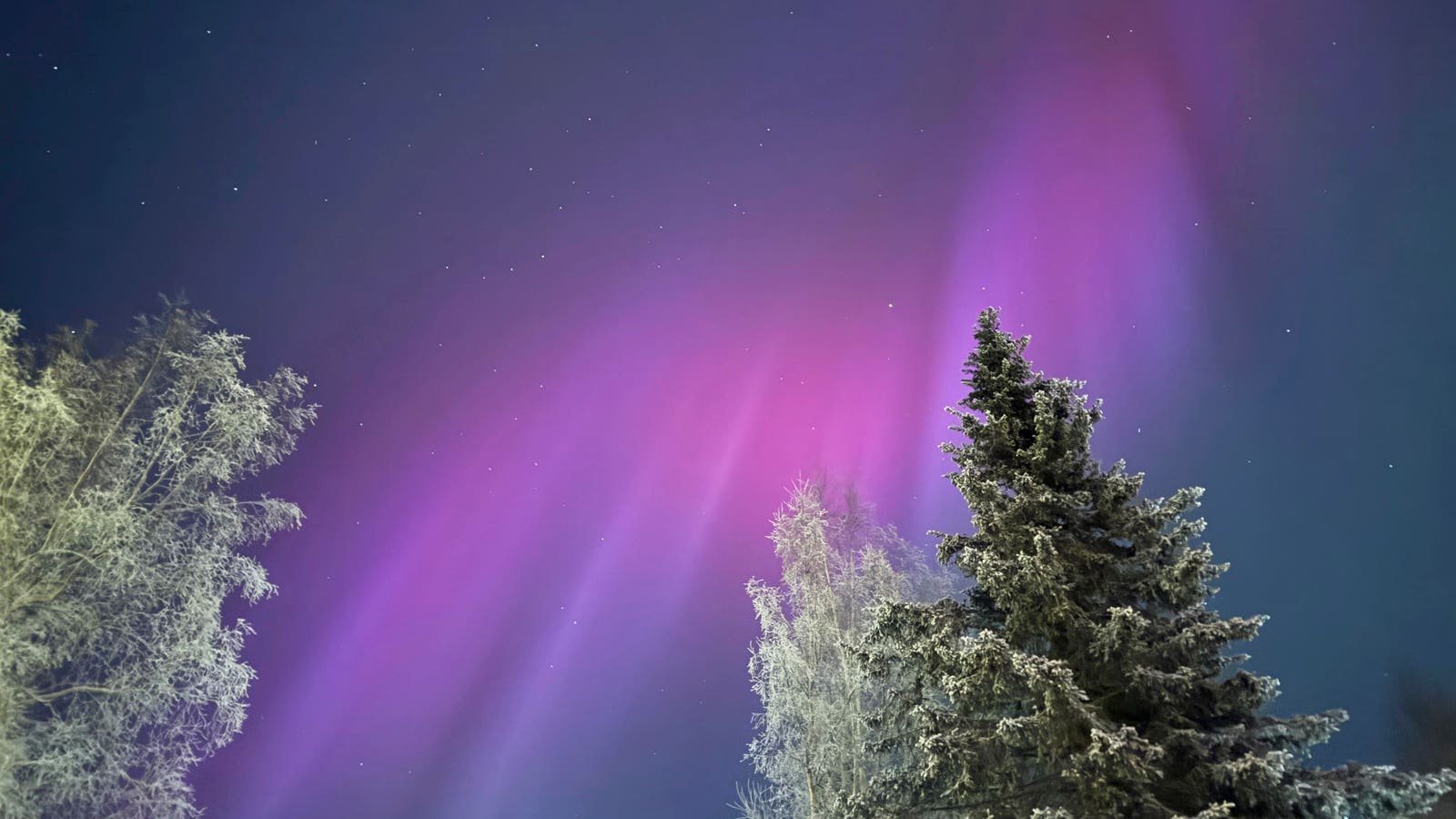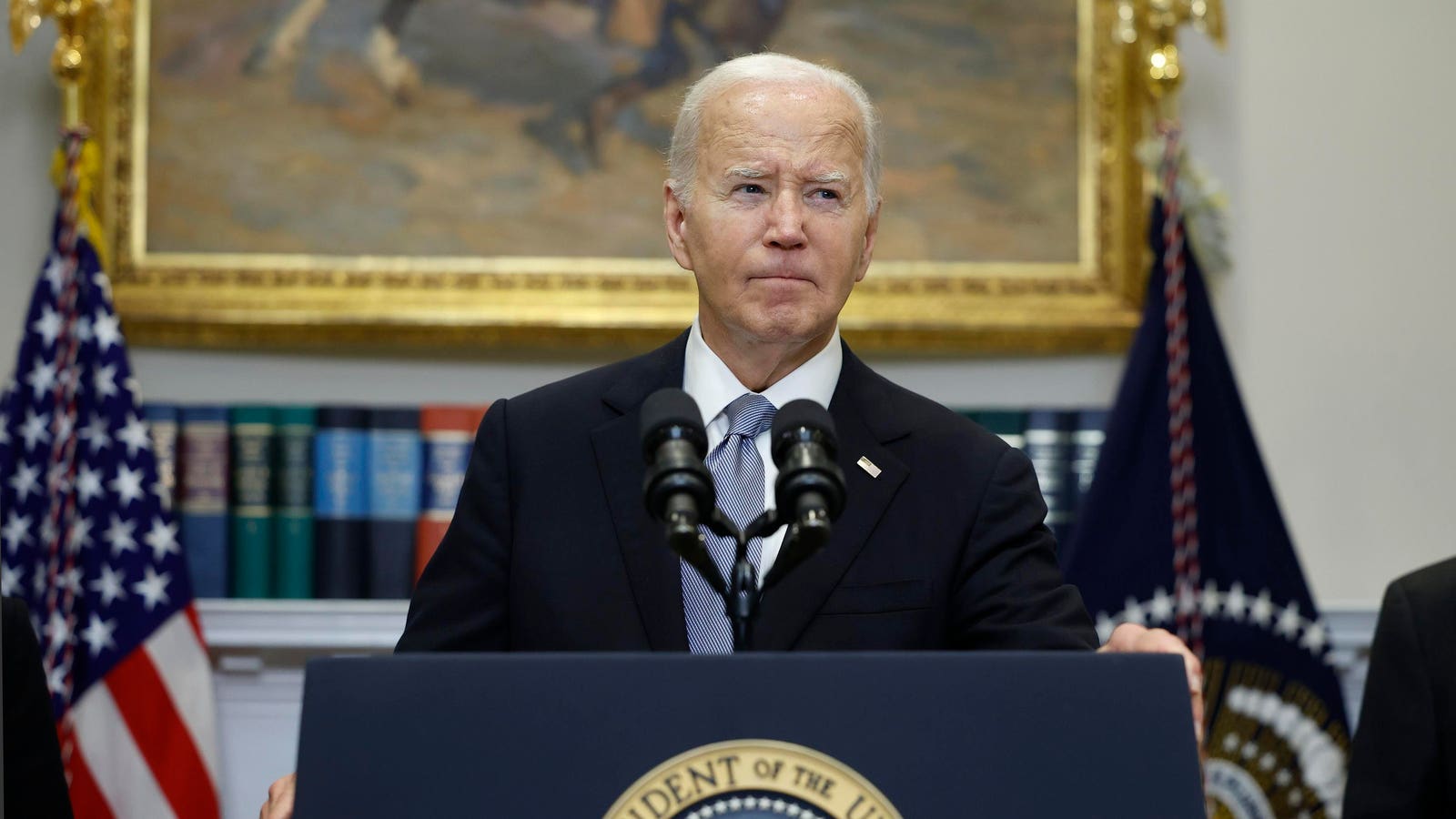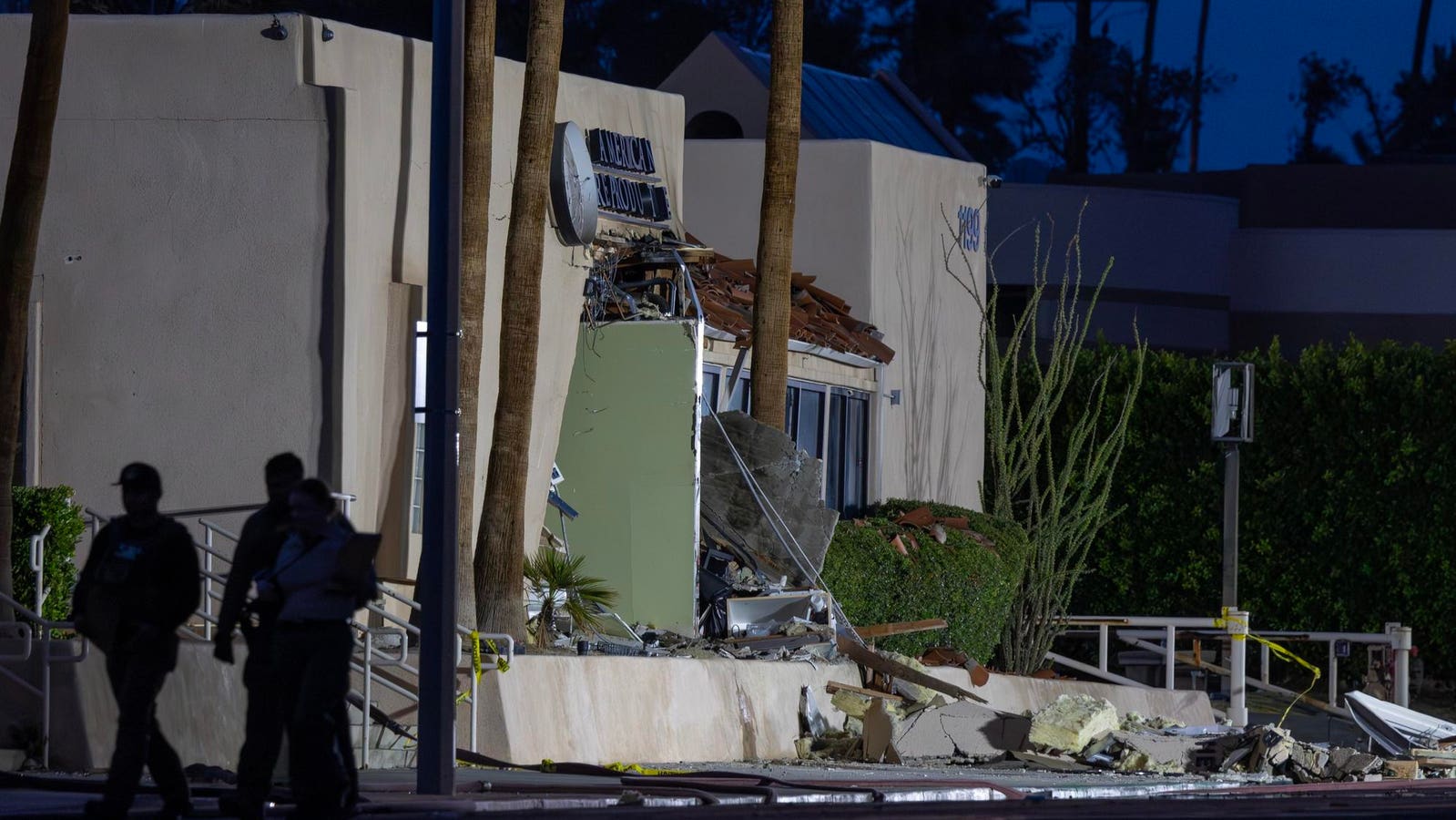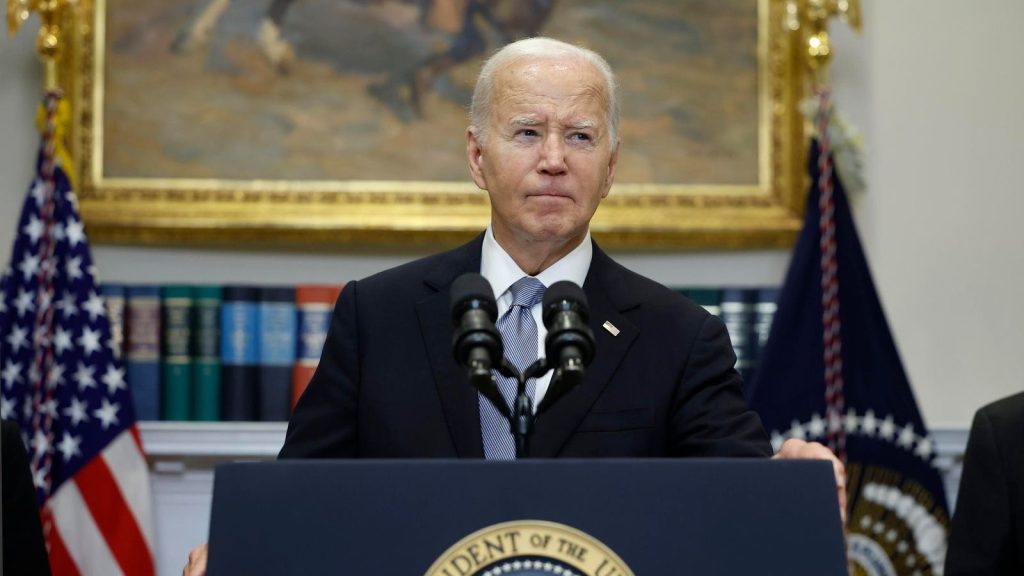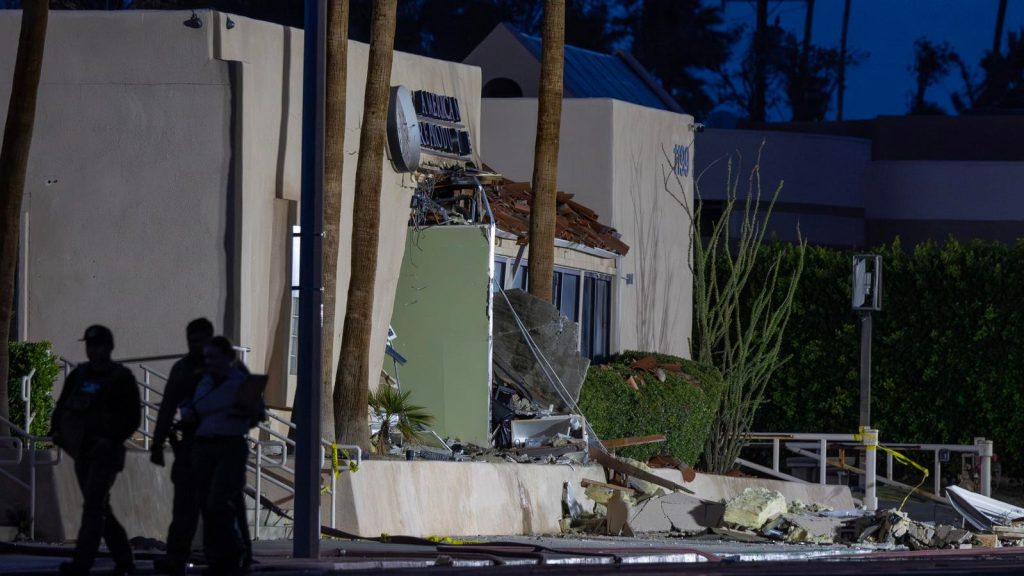Topline
Fifteen states in the northern U.S. could be able to see the northern lights Sunday night, according to a forecast from the National Oceanic and Atmospheric Administration, and minor geomagnetic storms may occur into Monday.
The northern lights appear over Anchorage, Alaska, on Wednesday, Jan. 1, 2025. (AP Photo/Mark … More Thiessen)
Key Facts
The forecast for the aurora borealis Sunday night has a Kp index of five on a scale of nine, meaning there will be increased auroral activity that “can be quite pleasing to look at.”
The northern lights are visible when there is geomagnetic activity that causes ions to collide with atmospheric gases from Earth that create visible displays.
NOAA’s three-day forecast states there may be periods of G1, or minor, geomagnetic storms Sunday night into Monday morning.
Sunday night’s forecast follows a slightly lower forecast with a Kp index of four on Saturday that placed 10 states in the U.S. in the aurora’s viewline.
What States Can See The Northern Lights Tonight?
According to NOAA’s forecast, the lights may be visible from Alaska, North Dakota, Minnesota, most of Washington, South Dakota, Montana, Wisconsin, Michigan and Maine, and the northern parts of Idaho, Wyoming, Iowa, New York, Vermont and New Hampshire.
View line for the northern lights on Sunday.
What Is The Best Way To See The Northern Lights?
NOAA recommends viewing the northern lights from an unobstructed, north-facing vantage point that is far from city lights and light pollution. The aurora is typically most visible between 10 p.m. and 2 a.m. local time, when geomagnetic activity is highest.
How To Photograph The Northern Lights
To photograph the northern lights with a traditional camera, it’s recommended to use a wide-angle lens and tripod. If using a smartphone camera, use night mode and turn on a lower shutter speed to capture the movement of the lights.
Key Background
The sun’s 11-year cycle reached a “solar maximum” in late 2024, which has increased the rate of space weather events like solar flares, coronal mass ejections and geomagnetic activity. The increased solar activity is expected to continue into 2026 before it decreases through 2030, according to NASA.
Further Reading
Northern Lights Forecast: These 10 States Could See Aurora Borealis Tonight (Forbes)
Aurora Borealis Displays Hit A Record In 2024—Here’s Where To Watch Northern Lights In 2025 (Forbes)

